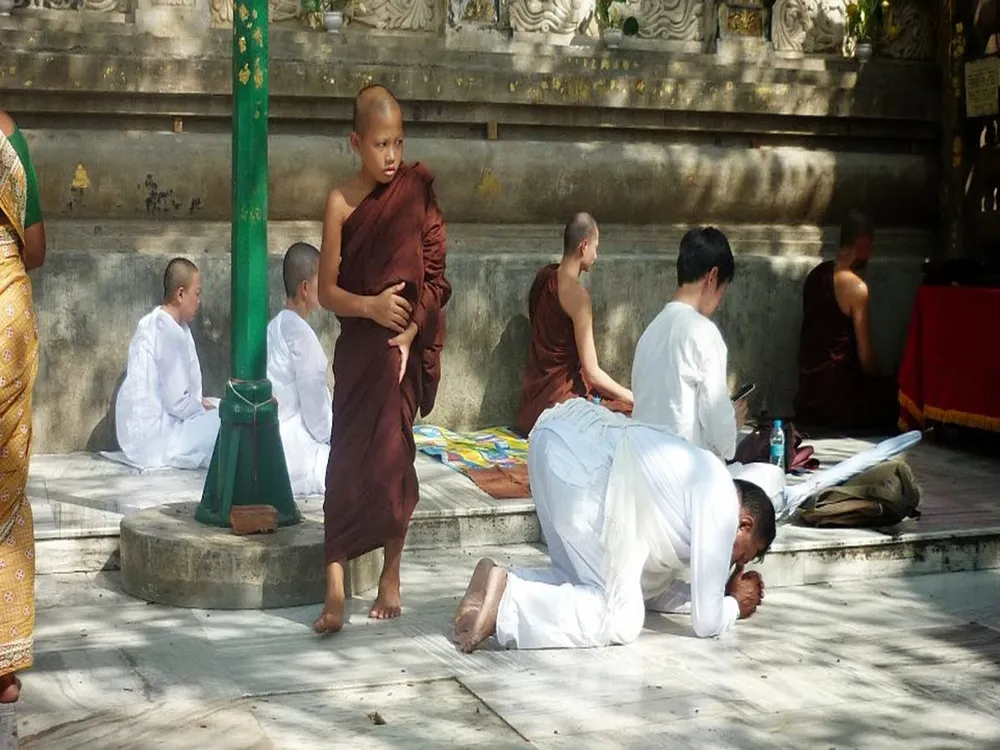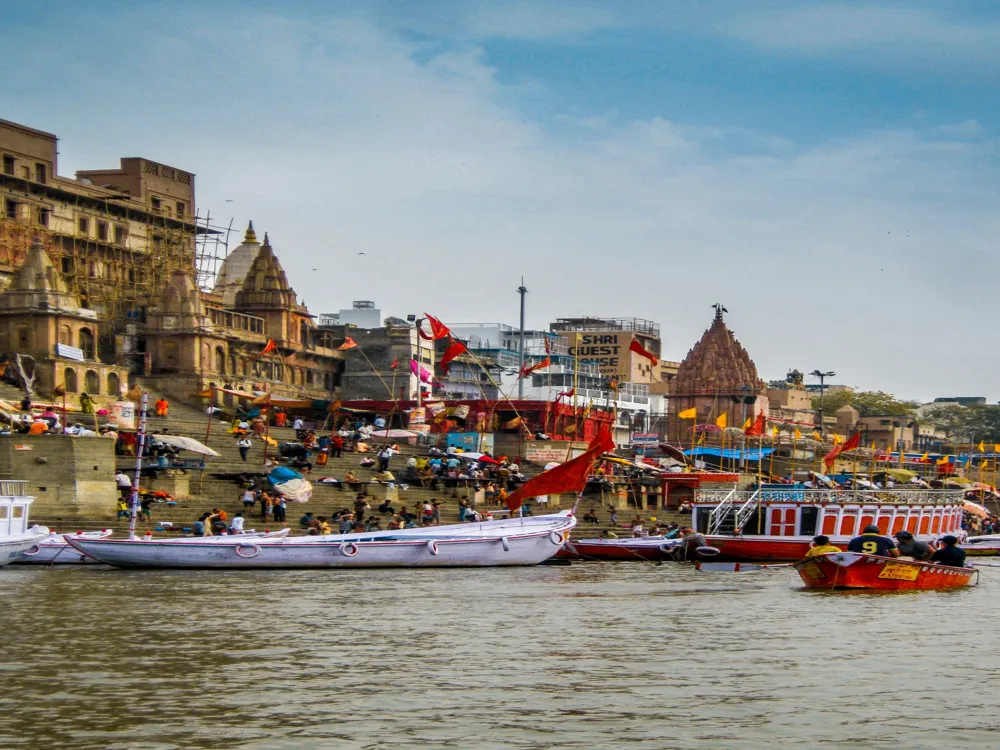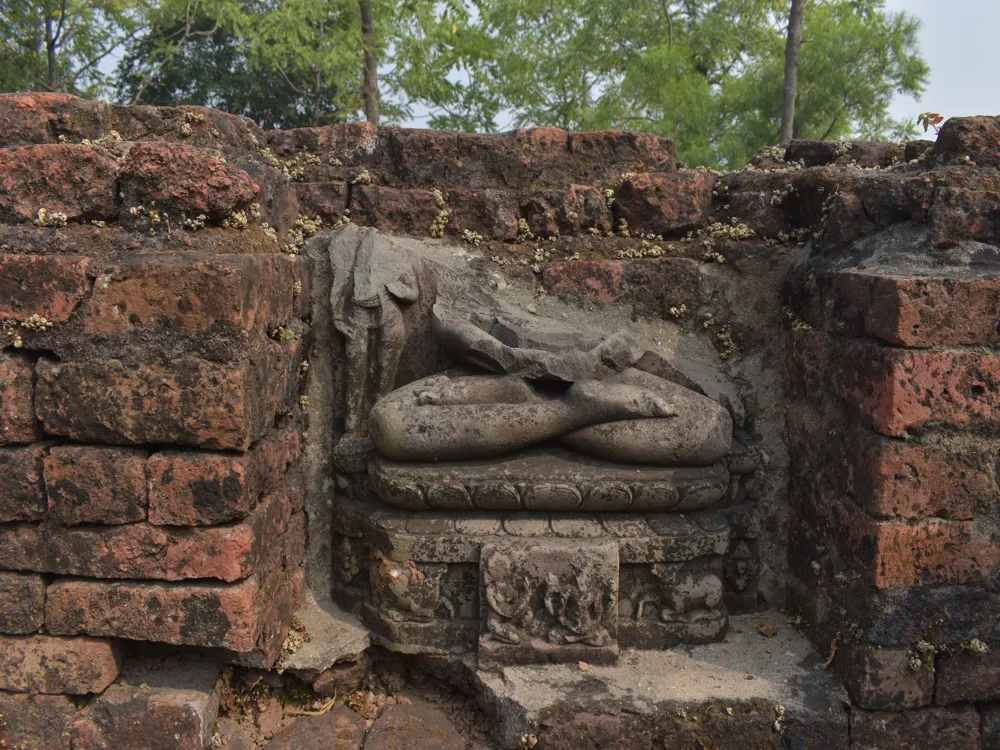Nestled in the serene landscapes of Hazaribagh, Jharkhand, Narsimhasthan stands as a testament to India's rich cultural and spiritual heritage. This sacred site, dedicated to Lord Narasimha, an avatar of Lord Vishnu, is not only a significant pilgrimage destination but also a beacon of architectural brilliance. The temple, steeped in mythology and history, attracts devotees and tourists alike, seeking solace, spiritual enlightenment, or simply to marvel at its historical grandeur. The origin of Narsimhasthan is shrouded in legends and religious texts, making it a fascinating subject for historians and spiritual seekers. According to local beliefs, the temple dates back centuries and has been a witness to the evolution of the region's social and cultural fabric. Its location in Hazaribagh, known for its lush forests and rich biodiversity, adds to the mystical aura of Narsimhasthan, making it a unique blend of natural beauty and spiritual tranquility. Over the years, Narsimhasthan has not only been a spiritual hub but also a center for social and cultural gatherings. Festivals and rituals held here are a vivid display of the area's traditions and beliefs, drawing in a diverse crowd from various parts of the country. The temple serves as a vital link to the past, preserving ancient customs and practices in the modern era. The architecture of Narsimhasthan is a splendid example of the intricate craftsmanship and artistic excellence of ancient Indian temple architecture. The temple, predominantly built in the Nagara style, showcases a harmonious blend of aesthetics, spirituality, and engineering prowess. Its towering shikhara (spire), ornately carved pillars, and the sanctum sanctorum exhibit the finesse of traditional Indian temple architecture. One of the most striking features of Narsimhasthan's architecture is its elaborate carvings and sculptures that adorn the temple walls and pillars. These carvings depict various episodes from Hindu mythology, particularly the incarnations of Lord Vishnu, and scenes from daily life in ancient times. The detailed work not only showcases the artistic skill of the craftsmen but also serves as a visual narrative of Hindu mythology and cultural ethos. The temple complex is designed to facilitate the flow of devotees and maintain the sanctity of the worship space. The layout includes various auxiliary structures like halls for gatherings, small shrines dedicated to other deities, and spaces for performing rituals. The use of local materials and adherence to traditional construction techniques further add to the authenticity and charm of Narsimhasthan's architecture. Additionally, the integration of the temple with its natural surroundings is a notable aspect. The temple's alignment, the positioning of its various components, and the use of natural light and ventilation exhibit a deep understanding of environmental and climatic factors. This seamless blend of architecture with nature not only enhances the aesthetic appeal but also reflects the ancient Indian ethos of respecting and harmonizing with the natural world. When planning a visit to Narsimhasthan, it's essential to consider the temple's timings and any special festivals or events. Visiting during a festival can be a unique experience, offering a glimpse into the local culture and traditions. However, it's also the time when the temple is most crowded. Dress conservatively and respect the temple's customs and practices. As a place of worship, visitors are expected to maintain decorum and respect the sanctity of Narsimhasthan. This includes removing footwear before entering the temple, not taking photographs in restricted areas, and maintaining silence in the prayer hall. It's also advisable to learn about the temple's customs and rituals to fully appreciate the experience. Understanding and respecting local customs is crucial for a harmonious visit. Engage with locals respectfully and be open to learning about their way of life. Participating in local customs can enrich your experience, but always seek permission before partaking in any rituals or ceremonies. While Hazaribagh offers various accommodation options, booking in advance is recommended, especially during peak seasons. For dining, explore local cuisine, which is an integral part of Jharkhand's cultural experience. However, be mindful of dietary restrictions and hygiene, especially if you're trying street food. Narsimhasthan, located in Hazaribagh, is well-connected by road, rail, and air. The nearest airport is in Ranchi, from where you can hire a taxi or take a bus to Hazaribagh. The town is also connected by train to major cities in India. Once in Hazaribagh, local transport like auto-rickshaws and buses are available to reach Narsimhasthan. For a more comfortable journey, consider hiring a private vehicle or taxi. Read moreOverview of Narsimhasthan, Hazaribagh, Jharkhand
Architecture of Narsimhasthan
Tips for Visiting Narsimhasthan
Planning Your Visit
Respecting the Sanctity
Local Etiquette and Customs
Staying and Dining
How To Reach Narsimhasthan
Narsimhasthan
Hazaribagh
Jharkhand
NaN onwards
View hazaribagh Packages
Hazaribagh Travel Packages
View All Packages For Hazaribagh
Top Hotel Collections for Hazaribagh

Private Pool

Luxury Hotels

5-Star Hotels

Pet Friendly
Top Hotels Near Hazaribagh
Other Top Ranking Places In Hazaribagh
View All Places To Visit In hazaribagh
View hazaribagh Packages
Hazaribagh Travel Packages
View All Packages For Hazaribagh
Top Hotel Collections for Hazaribagh

Private Pool

Luxury Hotels

5-Star Hotels

Pet Friendly





















